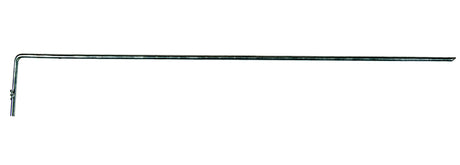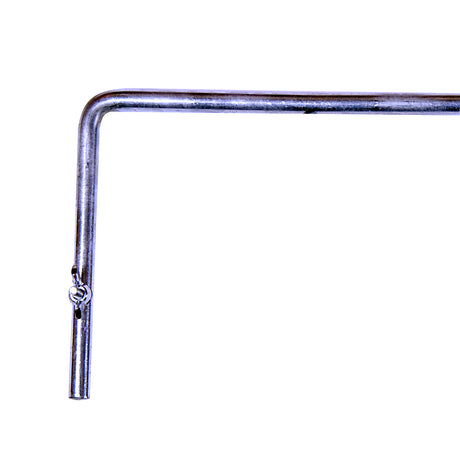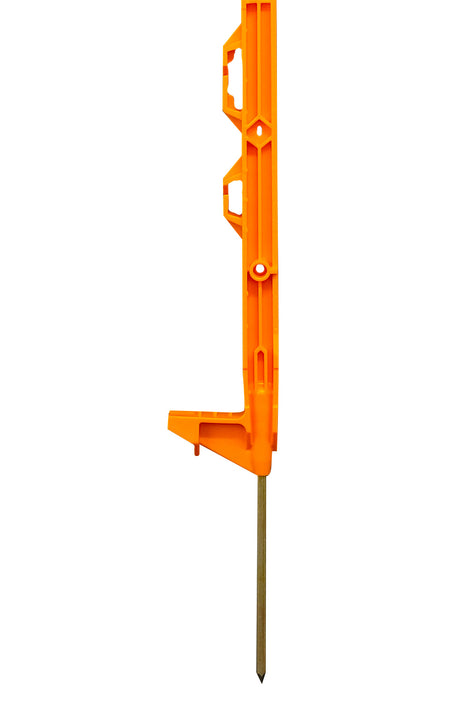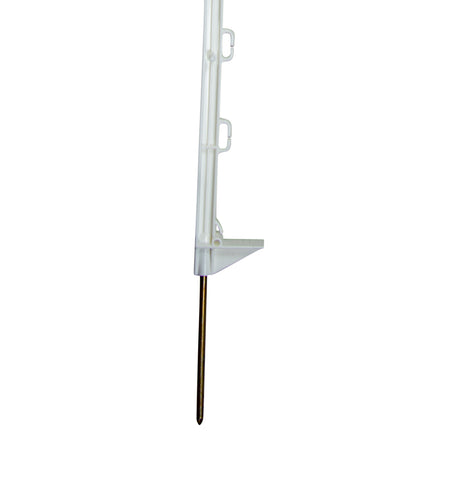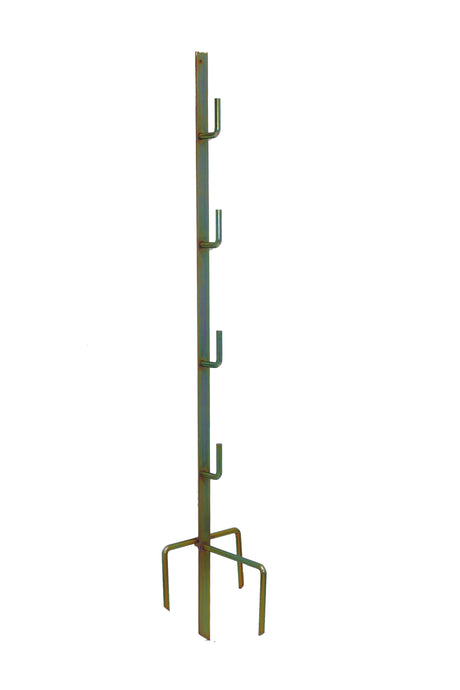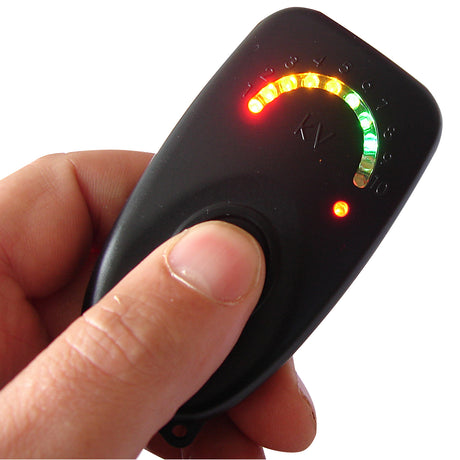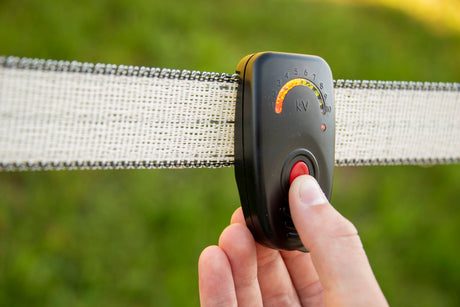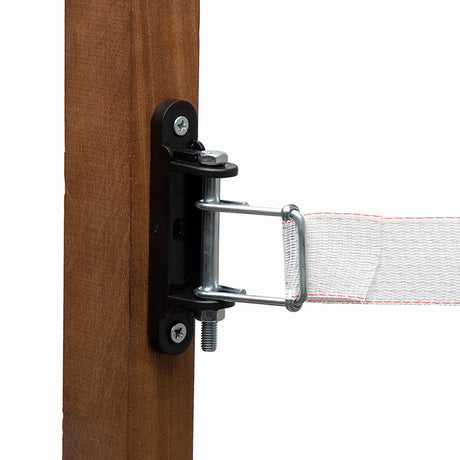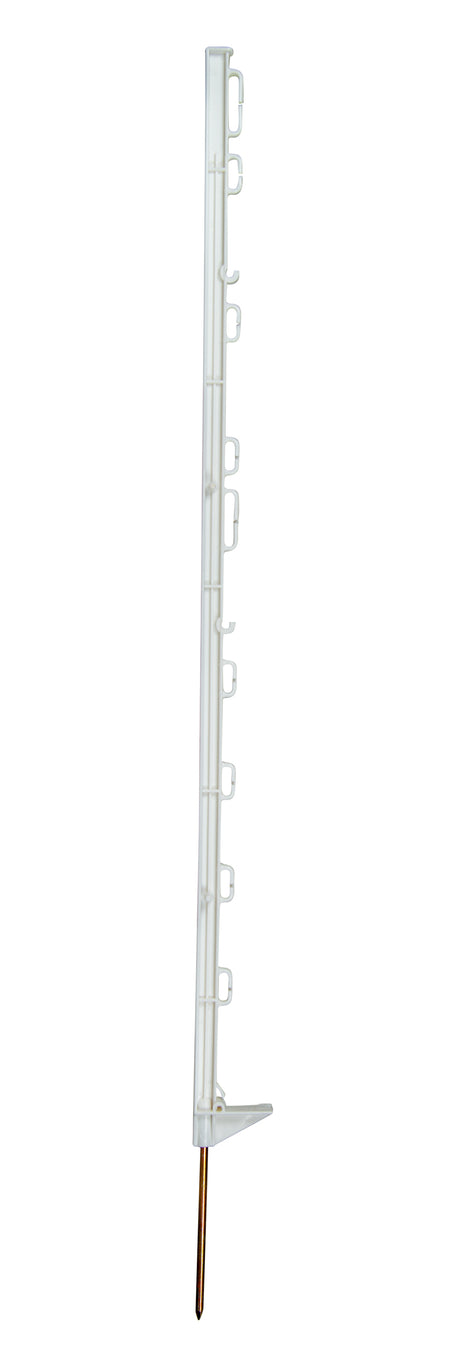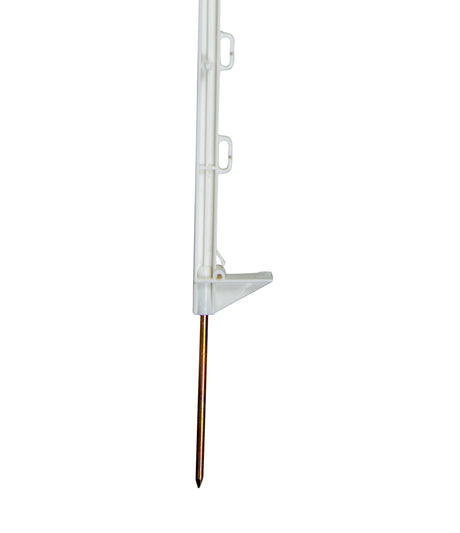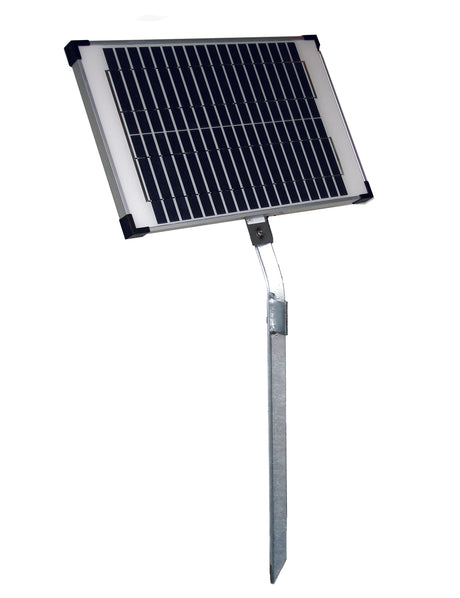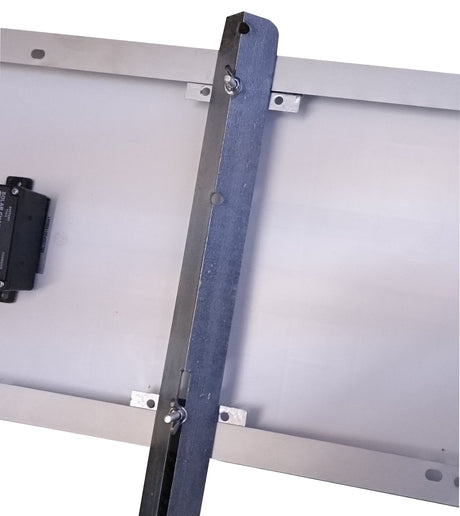One of the most common questions people ask when setting up an electric fence is: "How far apart should the posts be?" The answer depends on what you're fencing in, what type of posts you're using, and the ground conditions.
Get the spacing wrong and your fence will sag, voltage will drop, and animals will soon learn they can push through. Get it right and your fence will stay tight, reliable, and easy to maintain.
In this guide, we'll explain the rules of electric fence post spacing for different livestock, and show how using quality posts from Gallagher and Hotline makes a huge difference to the lifespan of your fence.
Why Post Spacing Matters
- Too far apart → wires sag, tape droops, animals escape.
- Too close together → unnecessary cost and labour.
- Uneven spacing → poor tension and weak voltage flow.
The correct spacing balances strength and efficiency. Gallagher and Hotline posts are designed with multiple clip heights, making it easy to set strands consistently at the right intervals.
General Guidelines for Post Spacing
- Horses: 3 metres apart. Horses need visible, taut tape, supported often enough to prevent sagging. Hotline fibreglass posts are perfect here.
- Cattle: 3–4 metres apart. Gallagher TurboLine plastic posts with three wires (60, 90, 120cm) work well.
- Sheep & Goats: 4–5 metres apart. Multiple wires needed (down to 20–30cm from the ground). Gallagher multi-clip posts make this simple.
- Poultry: 2–3 metres apart. Netting needs close support to stop sagging. Hotline poultry posts are designed for this.
On sloping or uneven ground, reduce spacing by 20–30% to keep the line tight.
Corners and Gateways
Spacing is irrelevant if corners aren't strong. Lightweight plastic posts will never hold tension at corners or gates. Always use:
- Hotline timber strainers (pressure-treated, 60–90cm deep).
- Gallagher steel T-posts in stony or exposed ground.
These posts anchor the whole fence, allowing lighter plastic or fibreglass posts to be spaced correctly along runs.
The Role of Post Quality in Spacing
Cheap plastic posts often bend or snap, forcing you to place them closer together. That means:
- More posts per acre.
- More time installing.
- Higher cost in the long run.
Gallagher and Hotline posts stand straighter for longer, so you can confidently space them at the correct intervals without fear of sagging. Over 10 years, this saves hundreds of pounds in extra posts and labour.
Example: One-Acre Paddock
Perimeter: ~250m.
- Horses (Hotline fibreglass): 3m spacing = ~83 posts.
- Cattle (Gallagher plastic): 3.5m spacing = ~71 posts.
- Sheep/goats (Gallagher multi-clip): 4.5m spacing = ~55 posts.
- Poultry (Hotline netting posts): 2.5m spacing = ~100 posts.
Trying to stretch spacing with cheap posts usually results in sagging within the first season. Gallagher and Hotline posts keep lines taut at these standard intervals.
Tips for Perfect Post Spacing
- Walk the fence line first. Mark corners, gates, and changes in terrain.
- Set corner posts first. Use Hotline timber or Gallagher steel.
- Measure spacing consistently. A measuring wheel or marked rope saves guesswork.
- Adjust for ground. Tighten spacing on slopes or wet soil.
- Use quality posts. Gallagher and Hotline posts stay straight, allowing wider spacing without risk.
If you want to know more then read our complete UK guide to electric fence posts
Why Gallagher and Hotline Are Better for Spacing
- Gallagher posts: Reinforced footplates hold firm in soft ground, so spacing doesn't collapse over time.
- Hotline fibreglass posts: Bend without leaning, keeping tape taut and visible for horses.
- Cheap posts: Force closer spacing because they bend and snap, doubling your cost per acre.
Final Word: Correct Spacing Starts with Quality Posts
Spacing is about more than numbers — it's about reliability. Even if you follow the right measurements, using flimsy posts will ruin your fence.
The solution is simple:
- Hotline fibreglass and poultry posts for horses and birds.
- Gallagher plastic posts for cattle and sheep.
- Hotline timber or Gallagher steel posts at corners.
Get spacing right with these posts, and your fence will be strong, safe, and cost-effective for years.

